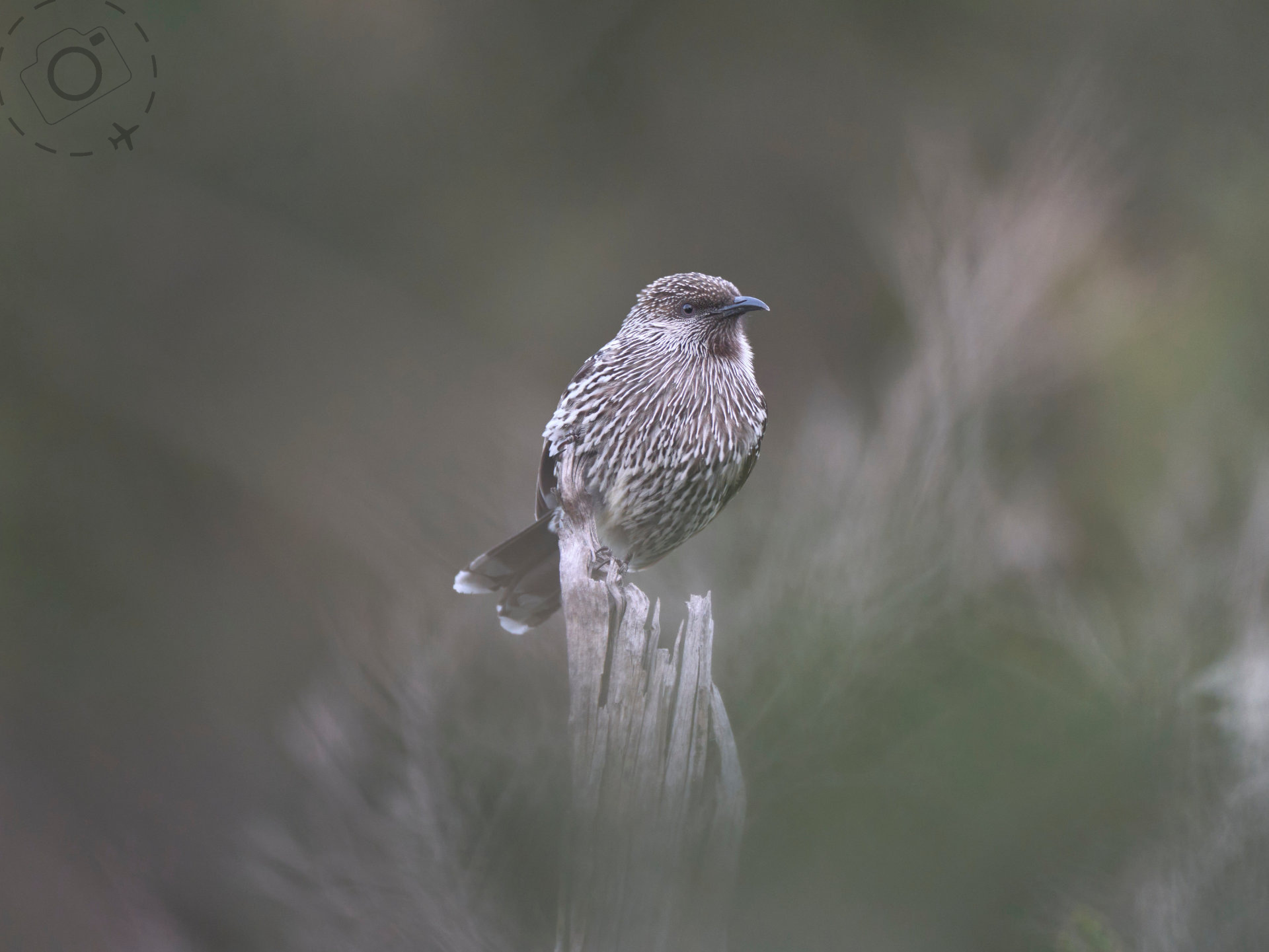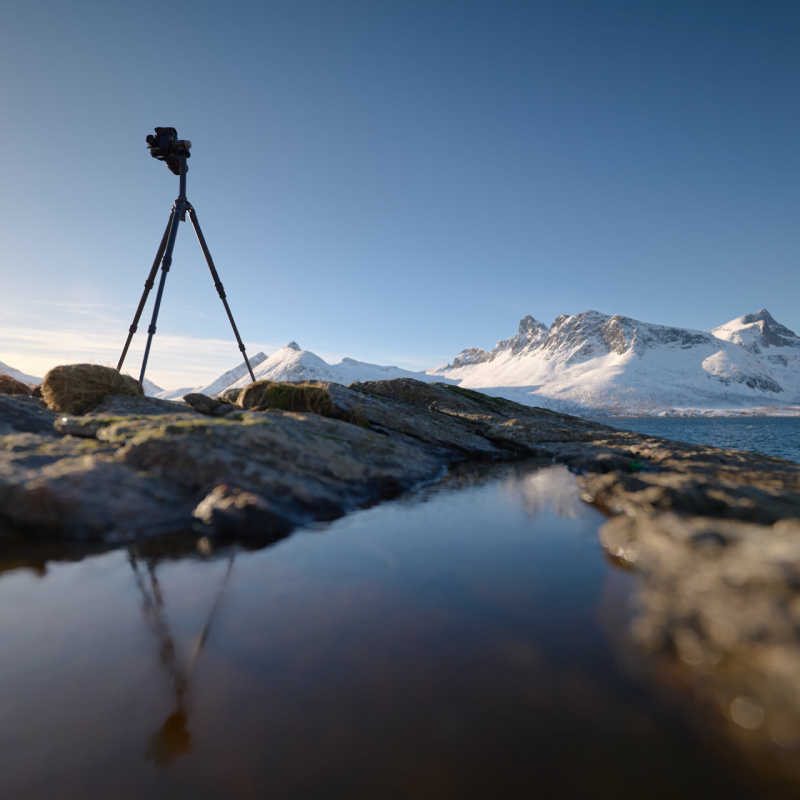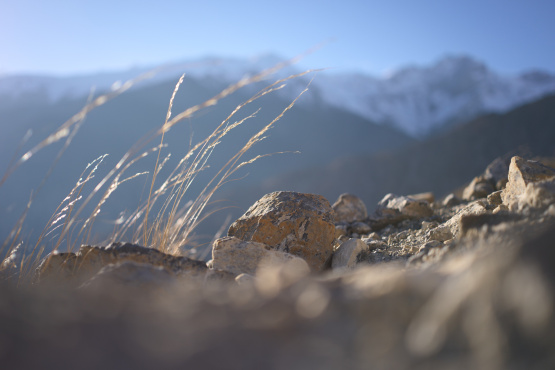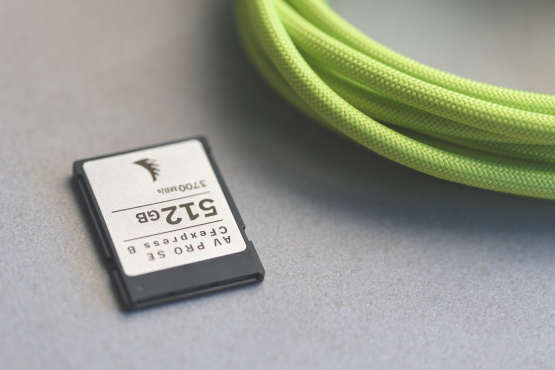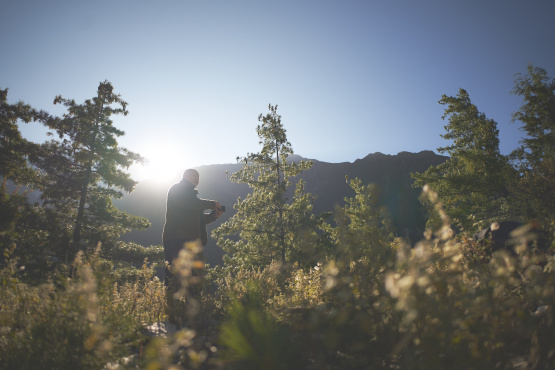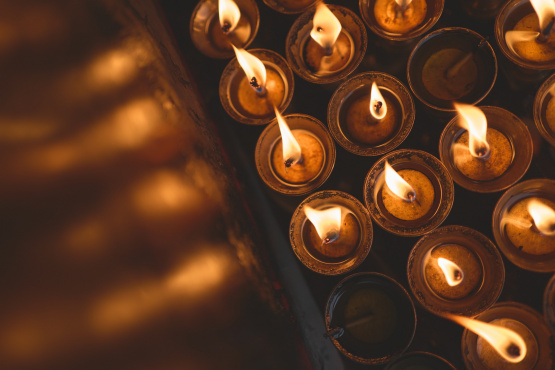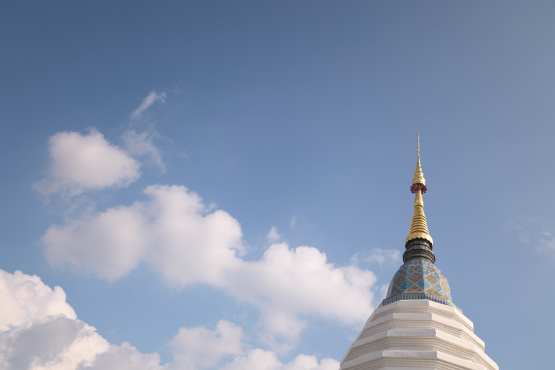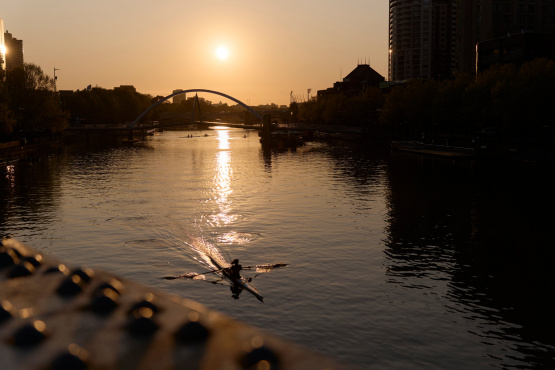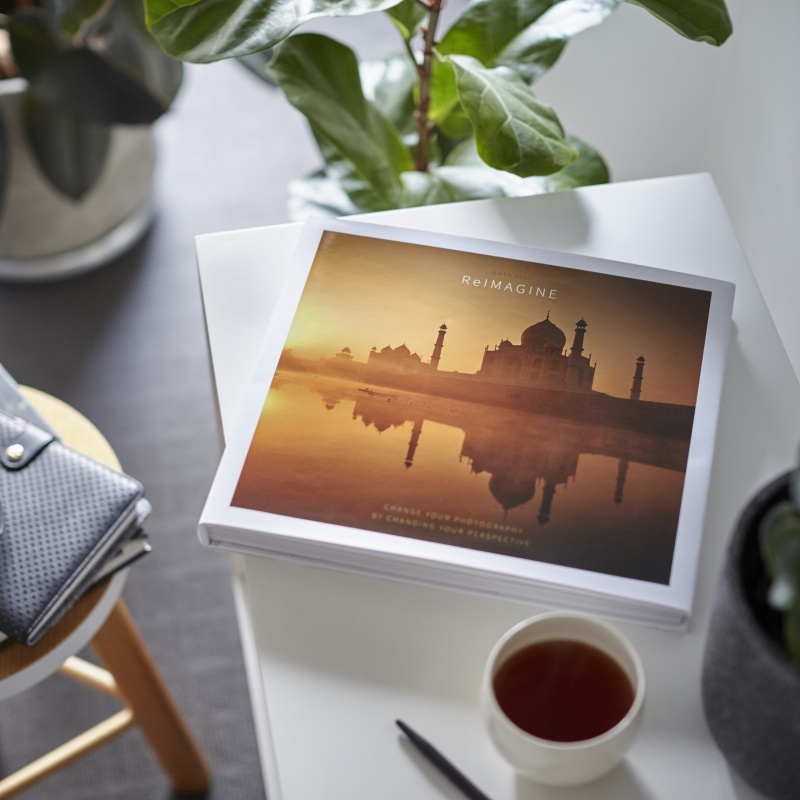Going out to photograph birds is not always the experience we hope for. Landing a really, really good photo of a bird can be challenging. I want to share some of my experience as a professional photographer, having chased birds on every continent around the globe. I want to look at how a change of attitude can make more of an impact than a change of gear.
If you're new to bird photography, perhaps just thinking about getting into it, then you might already be familiar with the experience of taking a walk in the bush to look for birds, but coming home with absolutely nothing on the camera. I know that feeling when you're wandering around a park and seeing all the birds in the distance, but as soon as you walk towards them, they're gone.
Sometimes just pointing your lens at a bird is enough to make them nervous and fly away, or you end up with a photo of a shrub and somewhere inside is the outline of a blurry bird. If you're lucky, they never come as close as you would like, except that one time a bird will pop onto the perfect branch, make a marvellous pose and for half a second you had a moment to get the shot. Maybe not even half a second. And by the time your brain starts moving the lens, the bird is gone. You didn't even get the lens on it, let alone hit the shutter. Or maybe you're like me and most of the time you simply miss the focus because there was a leaf in the way, or you didn't have your focus in the right zone anyway, or you take a lot of photographs of empty branches just after the bird flies away.
It can feel like we're signing up for a lot of frustration to even attempt taking photographs of birds. If it feels like the harder you try, the less you get it right, then you're kind of on the right track because you can't rush birds, you can't force the experience. You are stepping into their world and they are the ones who decide you're going to get lucky with the camera today. You need a lot of things to roll your way before your camera is going to nail the shot inside your head.
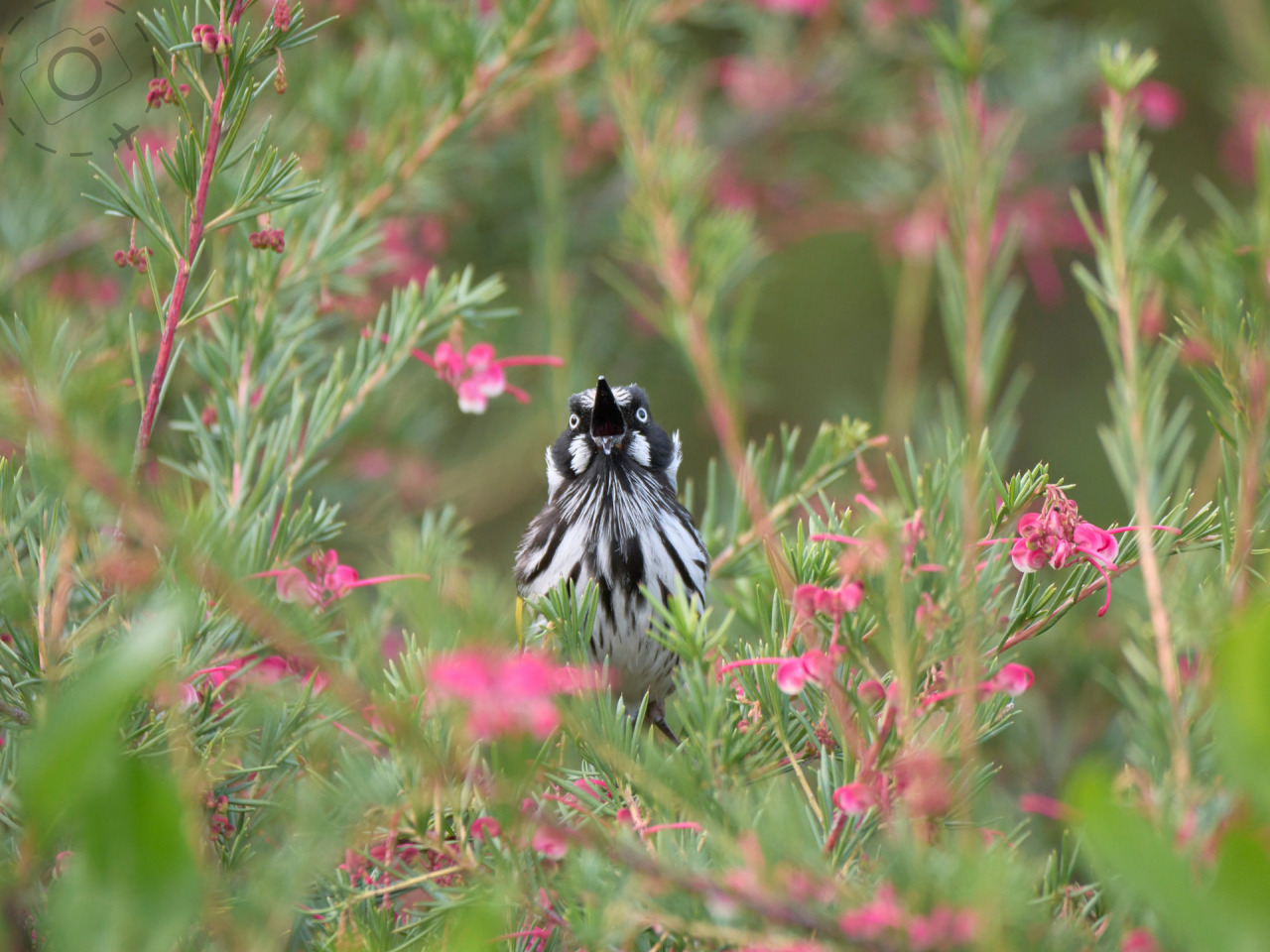
Slow Is Good
When I'm doing well with bird photography, it feels a lot like meditation to me. I'm very present in the moment and very happy to stay in that moment. I don't want to rush it. I'm getting a walk in the sunshine and that's always good. In a way, it doesn't matter if I get the shots or not because at least I got out and I did something today. The more I lean into that mindset, the more easily I connect with nature and the more likely I get to capture something meaningful for me. It's not just about being patient. Patient is not even the right word here. You have to give yourself over to the day. You have to be prepared to totally waste your time and maybe come home with nothing. Starting from there, everything is up.
As a photographer, I want to make beautiful things. I want to capture beautiful images. Birds are tricky because you're totally at their whim. Most birds won't come near you, but you're looking for that one in a thousand of their species that decided they're not too scared of you today. They'll come close enough for your 400mm lens to reach into their world.
My goal isn't to photograph lots of different birds or to chase every bird known to man or be the guy who captures the rarest bird. Any bird is a potential subject that I can turn into art. I want to make beautiful photographs, but with a little help from nature. Birds are an expression of ecosystems and habitats like jewels that took millions of years to evolve. There was a moment recently while walking through a park when I met a little wattle bird just sitting on a stick behind some bushes. He just sat there for me, elegantly posed. The light was gentle with lots of foliage between me and the bird.
I love the effect of foliage when it's out of focus. I love the beautiful ethereal layers that it can create. You can see the bird, but the view is partially obstructed. It frames the subject. That's what I mean when I talk about making art from the camera versus just taking a photo of a bird. The camera is like a brush and it reflects the vision of whoever holds it in their hand. Most other forms of photography give you lots of chances to hone your craft. You get to try things out and then you get to try it again in a different way. You get to experiment and adjust and refine the artistic expression.
But with birds, you have a problem because they don't hang around while you decide to change your f-stop. You have such a narrow window through which they will participate in your photography. We have fleeting moments to practice our craft when it comes to wildlife.
Connect to Nature
I think photography adds something to my experiences with nature. I'm not a birder. I enjoy wilderness and birds but don't need to see or photograph every species. Photography brings me deeper into nature. It gives me a reason to leave the house. It gives me a reason to take a walk. And if I get some photos in the process, then that's excellent. Photography makes my experience with nature last beyond that single moment.
I like a small sensor for bird photography, a camera that can tuck away inside a sling bag. Something compact but also with a long reach. When I put the 100-400mm lens onto my G9II, I get the equivalent of 800mm telephoto on a full frame camera. That's a lot of reach. It's the difference between seeing a little brown bird in the bush and thinking it's a sparrow, as opposed to looking through the lens and seeing a red-browed finch. Not every bird is a sparrow.
The camera makes my time with nature more enjoyable. I see things through the lens that my eyes cannot.
The Power of Observation
The hard part with birds is just observing. Sometimes with your ears instead of the eyes. I usually hear birds before I see them. But you have to be very present in the space. You can't chase about looking for birds. You have to pay attention to what's happening in the bushes and the trees and the grass. Really see what a bird is doing. See if they keep coming back to a spot. Or see what food they are catching this month. Or see if there's a nest nearby. Watching a young swallow being fed by its parents today, it reminded me how important it is to simply pay attention to what's going on around you. What caught my eye first was the swallows collecting mud down by the bank. Then I noticed a youngster was nearby and he didn't move far.
And then I noticed the parents kept coming back to feed him. They were so quick. It all happened so fast and you don't realise it's even going on. All this was happening right next to the footpath. But once I clocked the situation, I realised the youngster was happy to sit tight. He was just hanging out in the same spot and the parents kept coming back. And that gave me an opportunity to get some great shots. When you slow down and observe nature around you, sometimes it can feel as if the wilderness is speaking back to you.
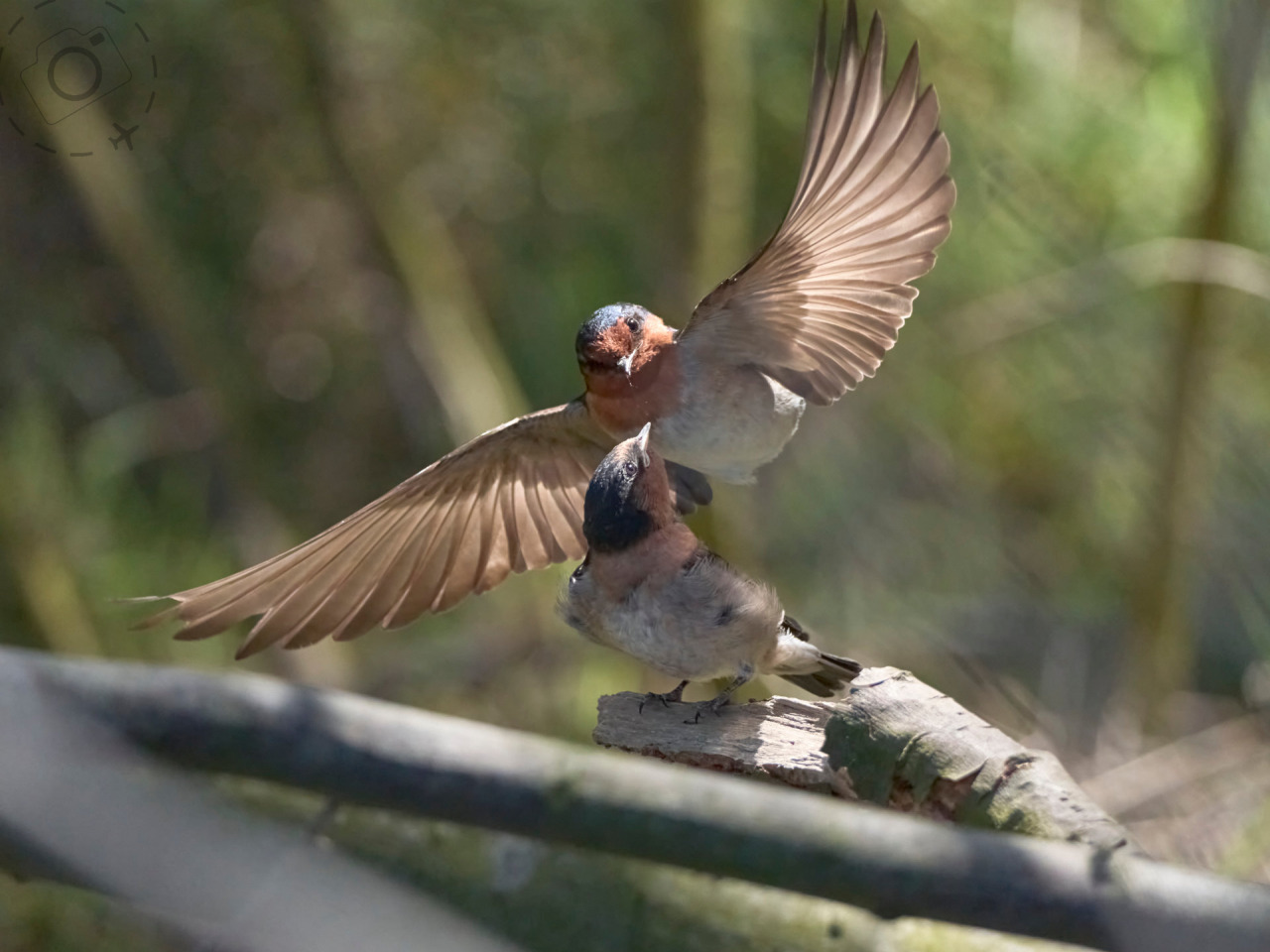
It's springtime in Melbourne and the fairy wrens are everywhere. The boys are turning blue and they're really putting on a show. They are tough subjects to shoot, being so small and so quick. But at this time of year, they are also very chatty and a little bit curious.
There's this moment that happens when I'm walking down a trail and I see some of the wrens are dancing about not far up ahead. As I get closer, they don't necessarily fly off. Yes, they change their behaviour and they're watching me for sure, but they don't disappear. And in fact, they're curious for the first few seconds. They're curious to see why you're there and what you're doing. And that is when you will have an opportunity to get a really close shot while they're still dancing about and showing off a little bit. You don't get along those seconds, not minutes. And once they're done, they are off because they're now curious about something else.
Those moments when a bird lets you be close to them, that is special. So you need to be ready when it happens. Being well prepared is the key. So you can respond to that moment when a particular bird is suddenly close enough to fill the frame. And that's the shot you want. One great shot from a walk and the whole day is worthwhile.
Light Always The Light
Light is always a challenge with birds and yet it's the essential element in making art from photography. Light is so much harder to control when you're chasing a wild animal in the bush. You're lucky just to get a bird through the lens some days, let alone make sure the light is not too harsh and not too flat. Or maybe it has a little rim light to catch the feathers. Keep in mind that my idea of good light might not be the same as your idea of good light.
My favourite light for birds is usually soon after sunrise. So you've got to be out there nice and early. You don't want to be there a couple of hours after sunrise, not in the summertime, because that light is harsh. The alternate problem with birds is that they'll be hiding in the depth of the forest where there is no light, where it's really, really dark. Bad light can push your camera technology to the limit. So for that reason, not every species of bird is going to be the ideal subject for photography.
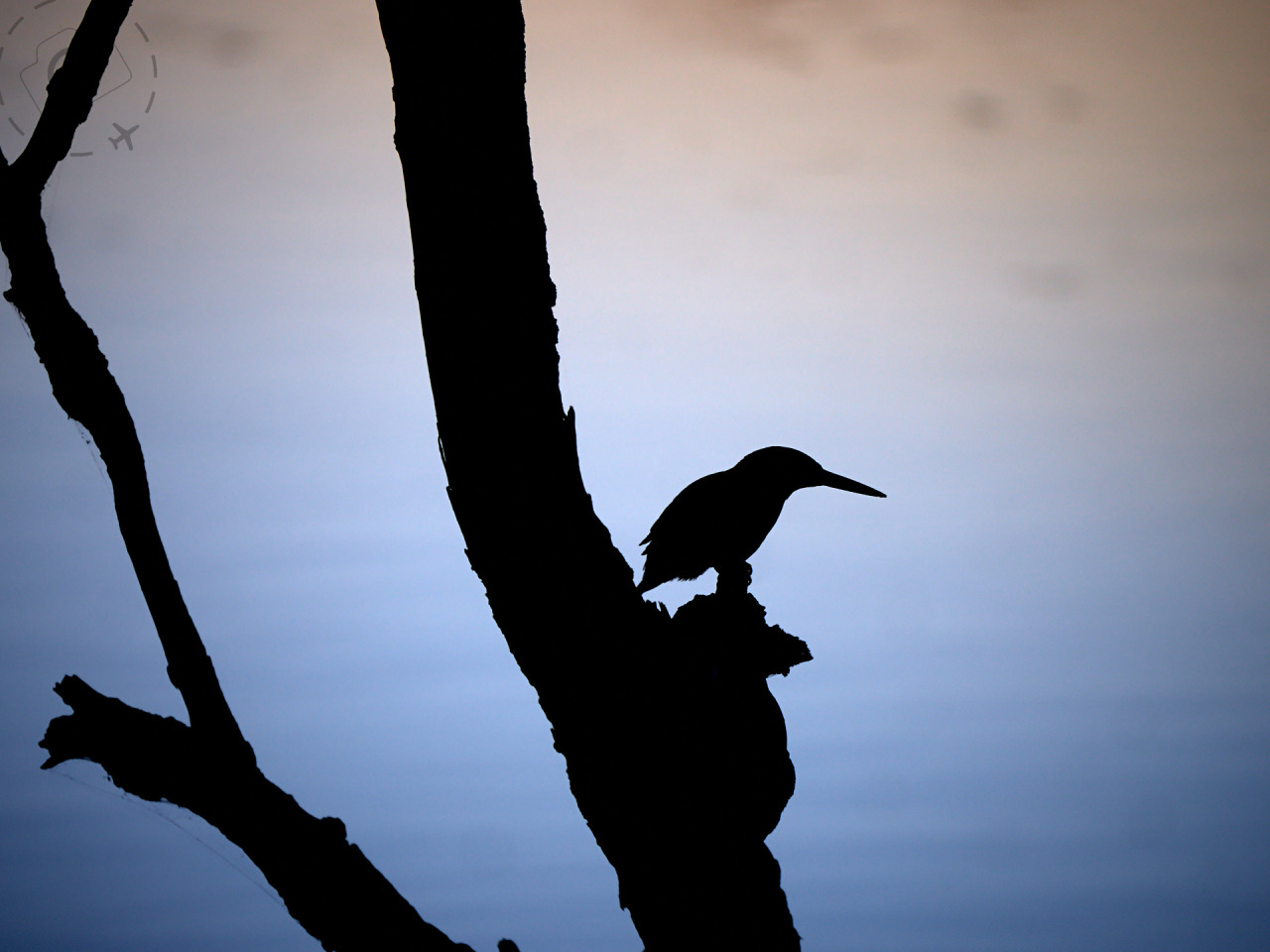
Bird Calls
The question of whether to use bird calls is a tricky one. It's something that I had done in the past, although not very successfully, I must admit. I'm not great at it. You can potentially be interfering with the normal behaviour of a bird when you're using calls. You might be adding more stress than you realise. The counter argument is that birds are actually calling to each other the whole time, and one more call maybe won't make a lot of difference.
I think it is possible to use bird calls responsibly, and they can be harmless enough, so long as they're not overdone, and that's a big qualification. I think we always need to ask ourselves the question, is the photograph more important than the impact I'm having on the bird? Which really comes back to the question of how much impact are we talking about here?
I don't often use bird calls, but I do talk to the birds when I walk in the forest. I let them know I'm around, and maybe they don't need to fear me. I'm not stalking them, I'm just sharing the forest with them. Sometimes I'll try a whistle, I'm really bad at that. There are times when they sing back at me, or they respond. Whistling is just another kind of bird call though, but whistling feels more like you're saying hello to them instead of trying to stalk them.
Your Kit
I can't talk about bird photography without talking about gear in some way, shape or form. And the thing is, it kind of doesn't matter what camera gear you're using. That might sound weird I know, and yes you will need a long telephoto lens to enjoy this craft. That matters some. But I've seen lots of people out there taking photographs with so many kinds of rigs. Lots of people taking great photos, in totally different ways. If you want to do it with a bridge camera, or you want to do it with a 60 megapixel something, or with a micro four thirds, or do it completely manual focus on whatever lens, then deep down, I guess I really don't care.
The gear is the most uninteresting part of the craft.
I will say that when micro four thirds systems started getting really good, and the original LUMIX G9 my Panasonic came out, there was a quantum leap for micro four thirds and for my bird photography. Suddenly I could put this camera and a 100 to 400 millimetre zoom into a tiny little bag, and I could go to the park and I could shoot professional quality images. I could do everything handheld, and I was getting results. It would take me an hour to walk through 100 meters of bush, because I'd take photographs of so many birds. So sometimes the gear can make a difference.
And for me, the big difference was how that camera brought me closer to the birds, closer to nature.
I just want the chance to experience what nature shares with us. That's not so much about the gear, but it is about slowing down and spending time in a place and waiting for the moment when nature taps you on the shoulder and says hello. Just one really special encounter up close with any bird is enough to make the whole day worthwhile.

Keep Reading
Join Ewen's newsletter for monthly updates on new photography articles and tour offers...Subscribe Here
